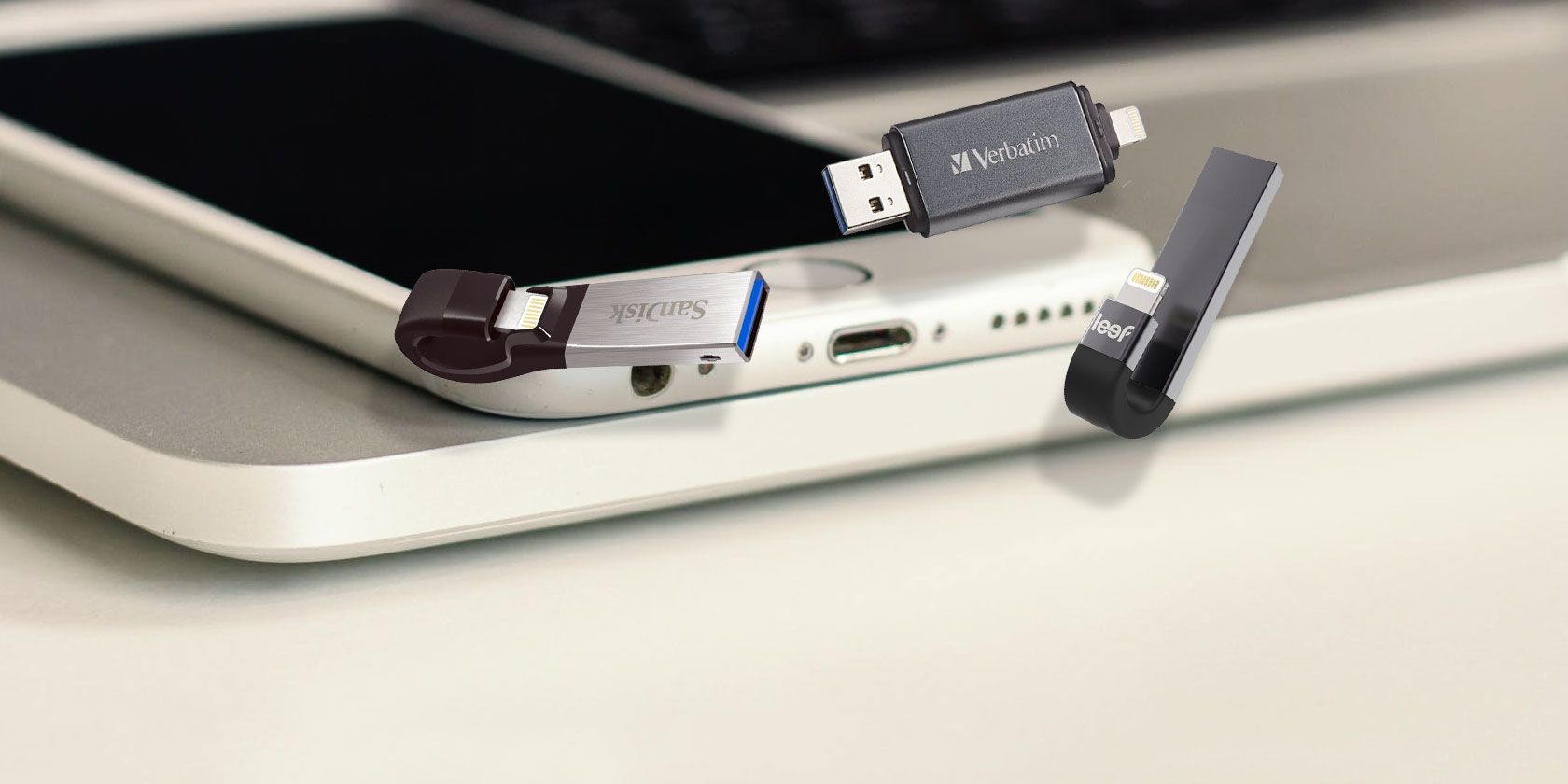iPhone system-connecting a flash drive to an iPhone
iPhone system -connecting a flash drive to an iPhone

The simplest option to add more capacity to your iPhone is to use a flash drive. A flash drive is a little device that connects to your phone on one end and has a USB connector on the other end for plugging into a computer or other USB-enabled device.
However, we can offer you a broad notion of how to cope with this programme since most apps have almost the same limits. Unfortunately, there is no one method to manage flash drives on iOS; each kind of flash drive has its own application for managing data. For instance, only images, movies, and music files may be transferred to flash drives; other than that, there is no method to transfer any other software or data save those we have stated. And because phones are the most often used gadget among users, we will discuss how to link Omar’s flash drive to your phone here.
Install the app first
If you are unsure of what sort of programme you need, consult the manufacturer’s documentation or just connect the flash drive to your phone. When you do, you will get a notification requesting you to download the appropriate software from the App Store for the flash drive. This app is known as Omars Witstick.
Launch the programme in iPhone
The Witstick application has a very clean and sophisticated design, and you can see at the top of the application how much space is occupied on the phone and on your flash drive. Once the application has been installed on your phone, you will see a message asking you to open the application. Do this right away.
File management, one-touch backup, and file transfer are only a few of the possible transfer options that are listed below this section. We will quickly go through each choice: Multi-Media: This option just activates the phone’s camera so that it may record images and movies straight to the flash drive. File Management: With this option, you can both control the files on the flash drive and move files back and forth between the flash drive and the phone.
File Transfer: This option only works with photos, and it functions similarly to the File Manager option.
One Touch Backup: You may use this feature to quickly make a backup copy of all the photo, video, and audio data on your phone. You can also set it up to automatically produce backup copies whenever the phone is attached to a flash drive. The most popular of these choices is File Manager, which displays all of the data on your flash drive and has the options Photo album, Music, and Local at the bottom. The Local option, however, simply addresses file transfers from the flash drive to the phone.
